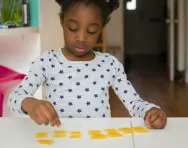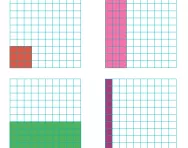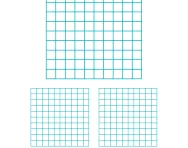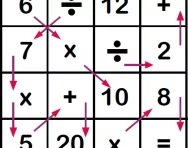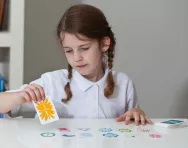What is an integer?
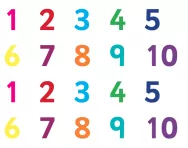
What is an integer?
An integer is simply a whole number. This can be a negative or positive number; 0 is also classified as an integer.
How do children learn about integers in primary school?
A fraction is also a part of something (for example: 1/4 of a shape, 1/7 of a quantity) so is not an integer.
The word 'integer' is used in the Primary Maths Framework for teachers, however children do not necessarily need to know the definition themselves.
It is possible that more able children in Year 6 may be introduced to the term.
Number puzzles involving integers
Here is an example of a puzzle involving the term 'integer' that may be given to a more able Year 6 child:
Which integer do you multiply 0.9 by to make 5.4?
Here, a child could use their knowledge of the 9 times table to work out that 9 x 6 = 54, so 0.9 x 6 must equal 5.4.
Another good puzzle for a more able Year 6 child is:
How many ways can you make 1000, as the sum of consecutive integers?
Part of the purpose of giving children investigations like these is to test their ability to tackle a puzzle. However, another important reason for giving puzzles like this to children, is that it tests their knowledge of mathematical vocabulary. This puzzle requires them to know the words: sum, consecutive and integer.

Give your child a headstart
- FREE articles & expert information
- FREE resources & activities
- FREE homework help



